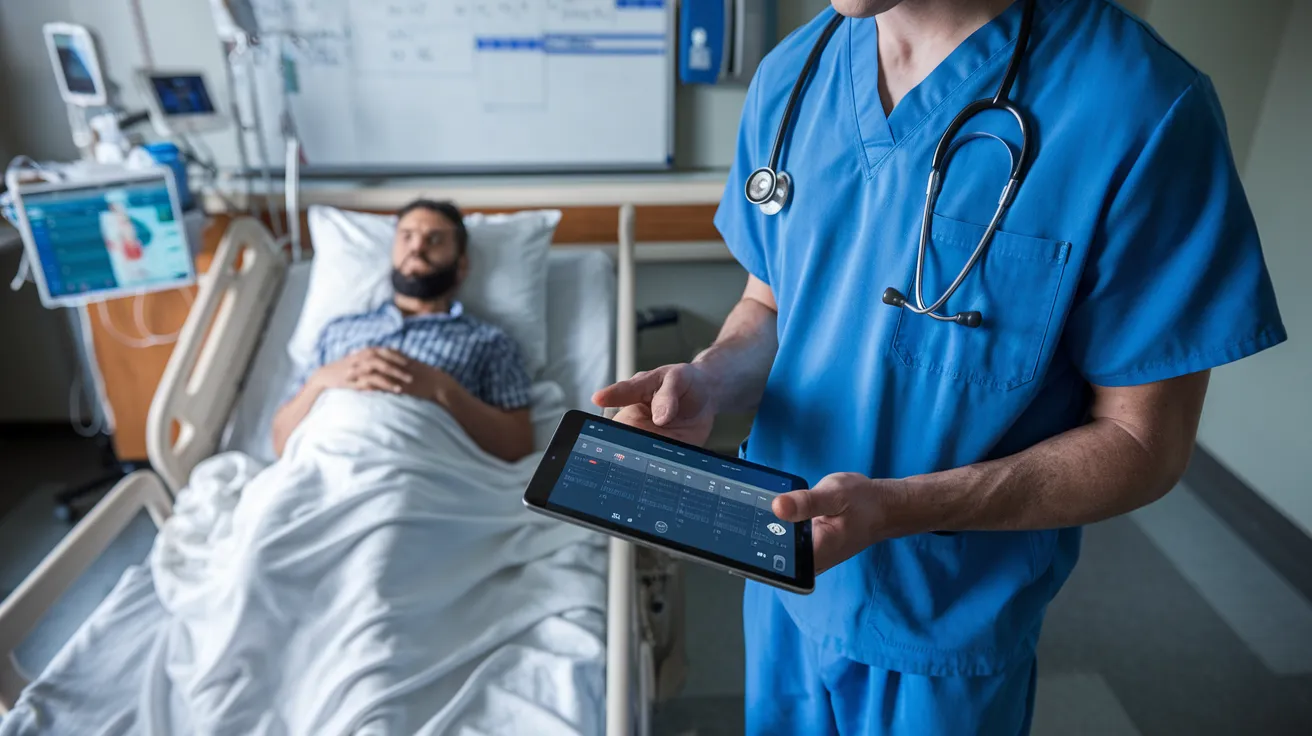AI’s Role in Medical Diagnostics

The emergence of AI technologies, particularly in the realm of medical diagnostics, demands us to rethink our relationship with professional roles. John Naughton introduces a framework developed by Drew Breunig, which categorizes AI into three distinct use cases: “gods,” “interns,” and “cogs.” The first category, “gods,” refers to super-intelligent entities capable of autonomous functioning, such as artificial general intelligence (AGI) that some developers, like OpenAI, aspire to build. This ambitious goal raises existential questions surrounding the implications of such advanced AI.
The second category, “interns,” represents AI models like ChatGPT, which are designed to assist experts by handling various tasks under human supervision. These models are already being leveraged across multiple industries to augment human capabilities, highlighting the potential benefits of such human-machine collaborations.
The final category, “cogs,” describes simpler AI systems optimized for specific tasks. Currently, we are beginning to experience the capabilities of “interns”—AI models that can improve workflows but do require expert oversight to prevent errors.
Healthcare stands out as a critical area where AI’s promise is being heavily explored. For instance, a 2018 collaboration between DeepMind and Moorfields Eye Hospital improved the speed and accuracy in detecting symptoms from retinal scans. Such advancements underscore AI’s strengths in handling vast data efficiently, establishing a powerful tool for professionals.
However, the implications extend deeper into the diagnostic process itself. An intriguing study published in the Journal of the American Medical Association revealed that while providing ChatGPT as a diagnostic aid to physicians did not significantly enhance their clinical reasoning, the AI performed better than both access groups of physicians. This raises pivotal questions about the readiness and adaptability of medical professionals to utilize AI effectively.
The research findings highlighted two surprising dynamics: first, physicians often remained steadfast in their initial diagnoses, even when faced with potentially better suggestions from ChatGPT. Secondly, the study pointed out that some physicians lacked the skills necessary to leverage the AI’s full capabilities, underscoring the importance of effective “prompt engineering” when engaging with large language models.
Another fascinating aspect of AI integration into professional tasks was observed in an MIT experiment with material scientists. The results indicated that AI collaboration led to substantial increases in discovery rates (44%) and patent filings (39%), showing that AI could take on significant cognitive loads. However, this shift seemed to affect researchers’ job satisfaction negatively, as many began to feel like mere cogs in a complex machine rather than influential contributors to their field.
This scenario illustrates a complex reality: while AI can enhance productivity, it also challenges traditional notions of job satisfaction and satisfaction in roles deemed prestigious. As AI continues to evolve, professionals must navigate the delicate balance between collaboration with these technologies and maintaining their own sense of purpose and agency in their work.
In considering the future of medical professionals in an AI-driven landscape, the integration of AI must evolve thoughtfully to enhance healthcare outcomes while safeguarding the vital human element in patient care.